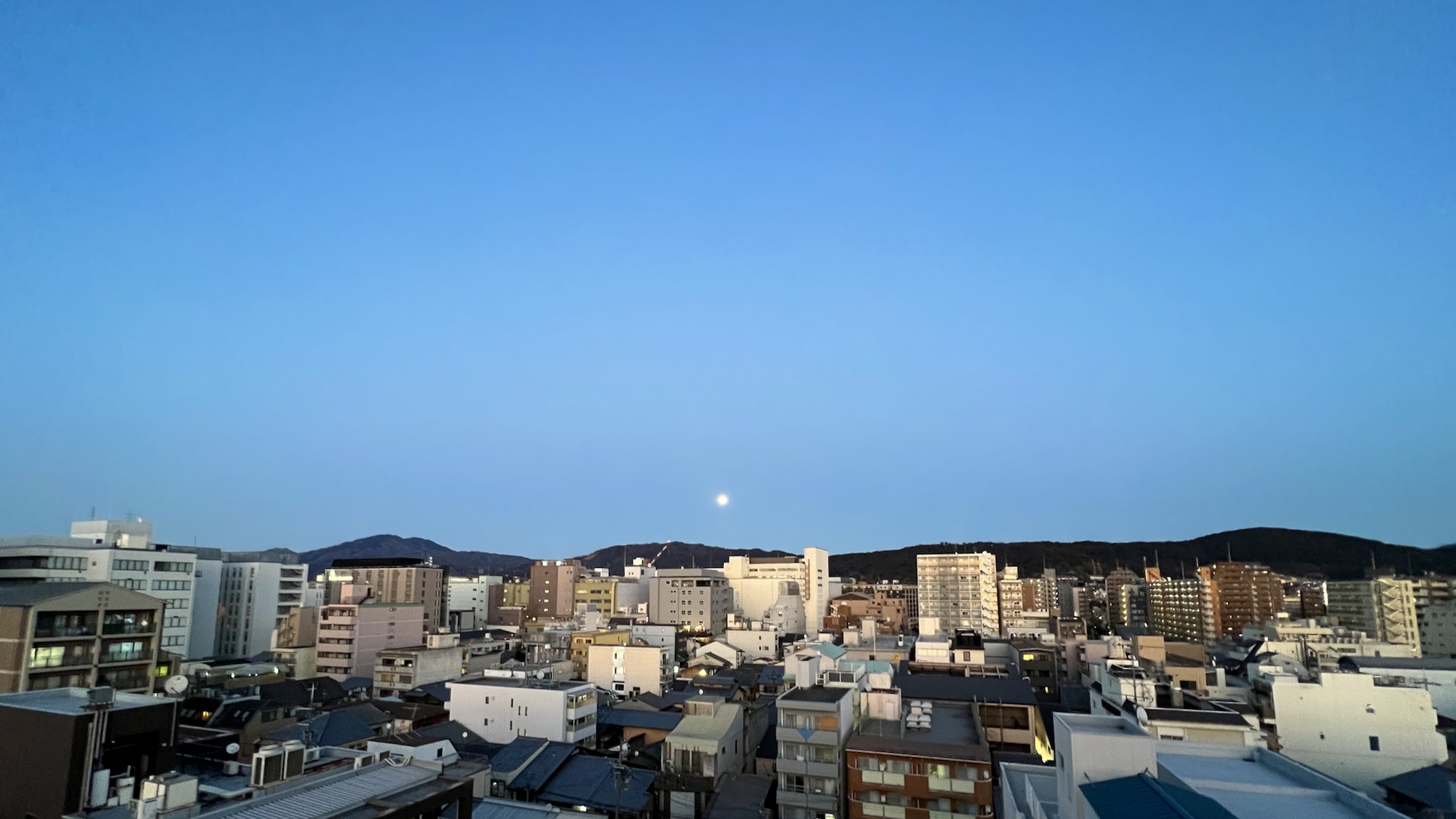Halfway through last year I described my year-long commitment as a lay devotee of Buddhism in the Thai Forest Monastery under Ajahn Sona. I completed the commitment at the end of December and was given the Pali name of Sanghapāla — “protector of the Sangha (the Buddhist community).” I use that name now when in Buddhist circles. Pali names are sometimes thought of as aspirational and I have taken that to heart. Protecting and supporting the Buddhist community is particularly necessary in the West. I have seen how Buddhist communities survive in different countries and cultures, so I know what is possible. (Although I am not sure of Ajahn Sona had this in mind when he selected the name, I can easily rationalize it! ). Community is something I already strive to build and protect, so I think the name is fitting.
Spending a year as a dedicated practitioner was certainly transformative. I gained a deep appreciation of the Buddha’s insightful Noble Eightfold Path through the structured study, and was able to work on my personal conduct. I definitely feel like I have made progress towards more moral living (even though I see the long road still ahead of me!). I hope others have seen this as well. There is so much in those eight insights! You could easily spend multiple lives trying to work through them.
Over the whole year I missed daily meditation only four times, due to bad planning or travel (ie when we moved to Japan in April). Importantly, I learned not to beat myself up about missing those kinds of things. Living under a self-imposed regime of renunciation, I learned how to be much more gentle with myself.
All of these are personal changes, but the best feature of the program was meeting and working with the support of so many kalyāṇa-mittā. The Buddha advised surrounding oneself with the wise.
So what now? Generally I am continuing on. There are 160+ upasikā program alumni living in 18 countries. Many of them have grouped together in online meditation and study groups. I have joined one doing a close reading of The Island. Each day I maintain the Five Precepts and meditate accordingly. I might slip now and again, but this is just how I live now — day-by-day.
The biggest change is Uposatha days, which it turns out were a hardship on my family last year. After discussing it with my wife, and being inspired by a man in Malaysia who told us about how they train young kids for Ramadan, we decided to do a sort of Uposatha-lite twice a month as a family. For the traditional full moon and new moon days I will commit to a more dedicated day of practice, and then as a family we will all just have a very light okayu (Japanese congee) dinner. This is how we have decided to have a couple of intentional days of reflection each month as a family. It is an experiment, but I hope it serves as a good example and opportunity for the kids.
To wrap up, I am very happy to have completed the program. I am satisfied to maintain my practice for now and am not feeling particularly ambitious to go on to the next level of renunciation. Some day, maybe, but for now I will continue to sit, keep building my knowledge, and refining my personal conduct. The obvious next step is doing more suttā study and thinking seriously about what it means to protect and support a community.



Comments
2 responses to “1 year an Upāsaka”
From atheist to a Buddhist, what happened?
Please see: https://chadkohalyk.com/2017/04/16/drifting-towards-the-stream/